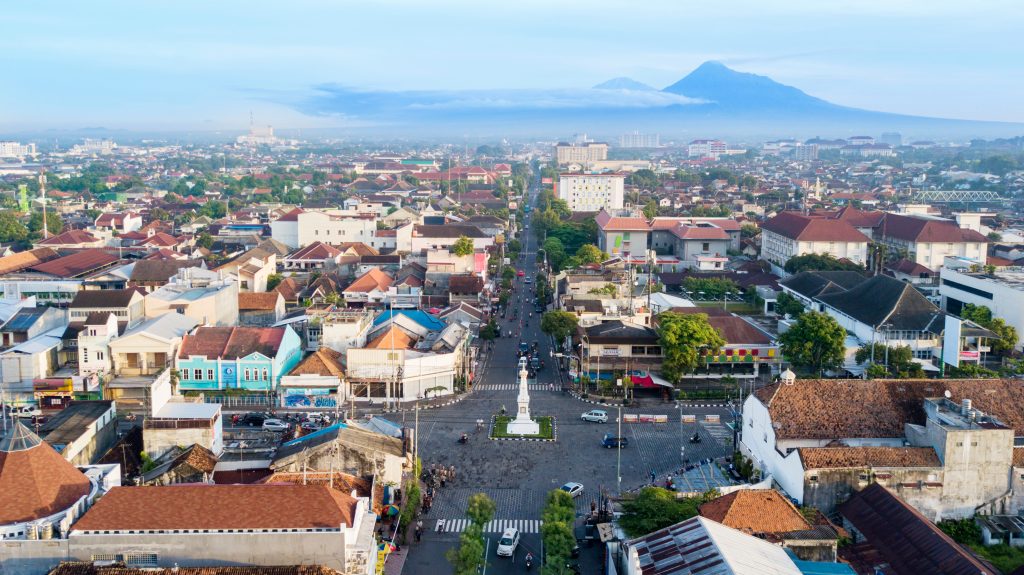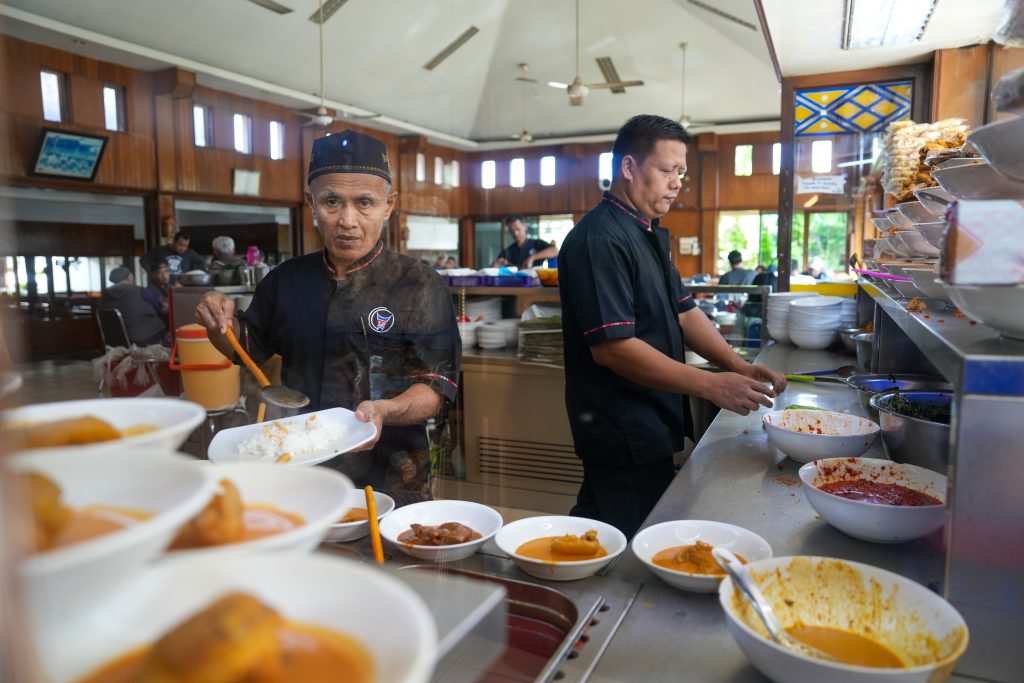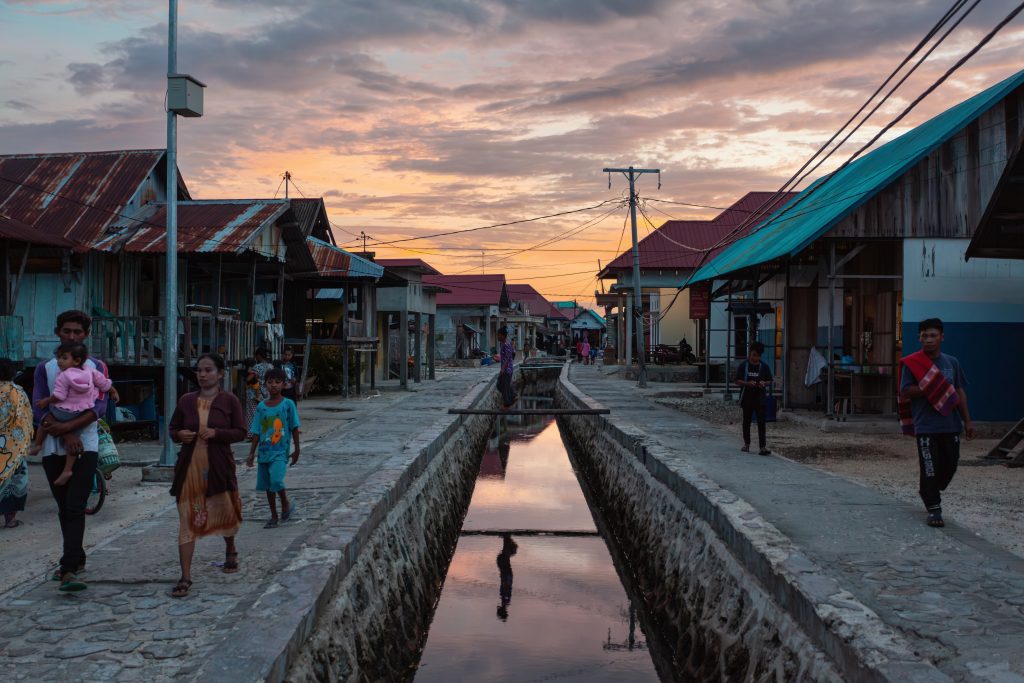Embarking on an adventure to Indonesia offers a vivid tableau of cultural experiences and natural wonders. While the archipelago beckons with its diverse offerings, keeping costs manageable for a family of four requires a strategic approach to travel planning. By diving into some lesser-known money-saving methods, families can enjoy the richness of Indonesia without breaking the bank.
Flights

Securing affordable airfare is a cornerstone of budget travel. Delve into the lesser-known regional airlines like Lion Air or AirAsia for domestic travel within Indonesia. They often have surprising deals, especially when booked directly on their websites. Moreover, flying into secondary airports, such precise as Denpasar instead of Jakarta, can also yield cost savings. These regional hubs can be cheaper and they offer a closer gateway to tourist destinations like Bali.
Timing is everything when it comes to flights. The “shoulder season,” which includes the weeks just before and after high season, presents an ideal time to find lower fares. For Indonesia, this means targeting the months of April to June and September to November. Additionally, flying mid-week rather than on weekends can lead to significant savings.
Accommodations


When it comes to lodging, consider the “kos” option – a local term for boarding houses. These establishments provide basic, comfortable rooms at a fraction of the cost of hotels and are a perfect fit for families. They’re widespread throughout cities like Yogyakarta and Bali. Families can also look for accommodations that offer kitchen facilities, which can lead to substantial savings on meals.
Furthermore, engage with local tourism boards on arrival for insider tips on family-friendly accommodations. They often have partnerships with local operators and can direct you to the best value-for-money deals that may not be prominently advertised online.
Transportation


Navigating Indonesia’s sprawling geography is a key aspect of your travel experience. Instead of relying on taxis, take advantage of the apps like Gojek or Grab for cheaper rates and the convenience of booking rides via your smartphone. These services often offer promotions and discounts, especially in major cities like Jakarta and Surabaya.
For longer journeys, the train system in Java is an economical and scenic way to travel. Families can book a sleeper car for overnight trips, a practical choice to save on a night’s accommodation while covering large distances. The Indonesian rail network offers an authentic glimpse into local life and can be a memorable part of the travel experience.
Food and Dining


Indonesia’s street food scene is an adventure in itself and a boon for budget-conscious travelers. Explore the ‘pasar malam’ or night markets, where families can feast on a variety of local dishes at a low cost. In cities like Bandung or Makassar, these markets are a nightly affair where locals gather, offering an dining experience.
Another tip is to look out for ‘nasi campur’ buffets. These are typically found in local eateries called ‘rumah makan,’ where you pay for what you take. It’s a great way to control portions and costs while sampling different Indonesian dishes.
Activities


Indonesia’s natural beauty often comes without a price tag. For instance, the beaches of Uluwatu or the hiking trails in Lombok are free to explore. For structured activities, research community-run ecotourism projects, such as those in the Wakatobi Islands, which offer affordable guided tours that directly benefit local conservation efforts.
Families can also look for multi-attraction passes in destinations like Yogyakarta, where one ticket provides discounted entry to several sites, including the renowned temples of Borobudur and Prambanan. Planning visits around these passes can optimize both time and money.
Extra Tips
Understanding the local payment landscape can lead to cost savings. Many small vendors in Indonesia do not accept credit cards, and those who do may charge a fee. Hence, withdrawing enough cash from ATMs in larger cities can avoid these surcharges. Be mindful to use ATMs located within bank branches or in malls for better security.
Moreover, families should consider purchasing items such as sunscreen and insect repellent upon arrival. These products are often marked up significantly in tourist areas, but local brands available in supermarkets are much cheaper and just as effective.
Bartering is an integral part of the shopping experience in Indonesia’s markets. Families should not shy away from negotiating prices, as it is expected and can lead to substantial savings. Begin by offering a lower price than what you’re willing to pay and meet the seller halfway. This tactic can be particularly useful when purchasing in bulk or multiple items.
In addition, consider using ride-sharing for long-distance travel. Apps like BlaBlaCar connect travelers with drivers heading to the same destination, offering a cost-effective and social way to move across the islands.By incorporating these strategies into your travel planning, a family trip to Indonesia can be as economical as it is enriching. With a little creativity and local insight, the wonders of this Southeast Asian gem are well within reach for savvy family travelers.

